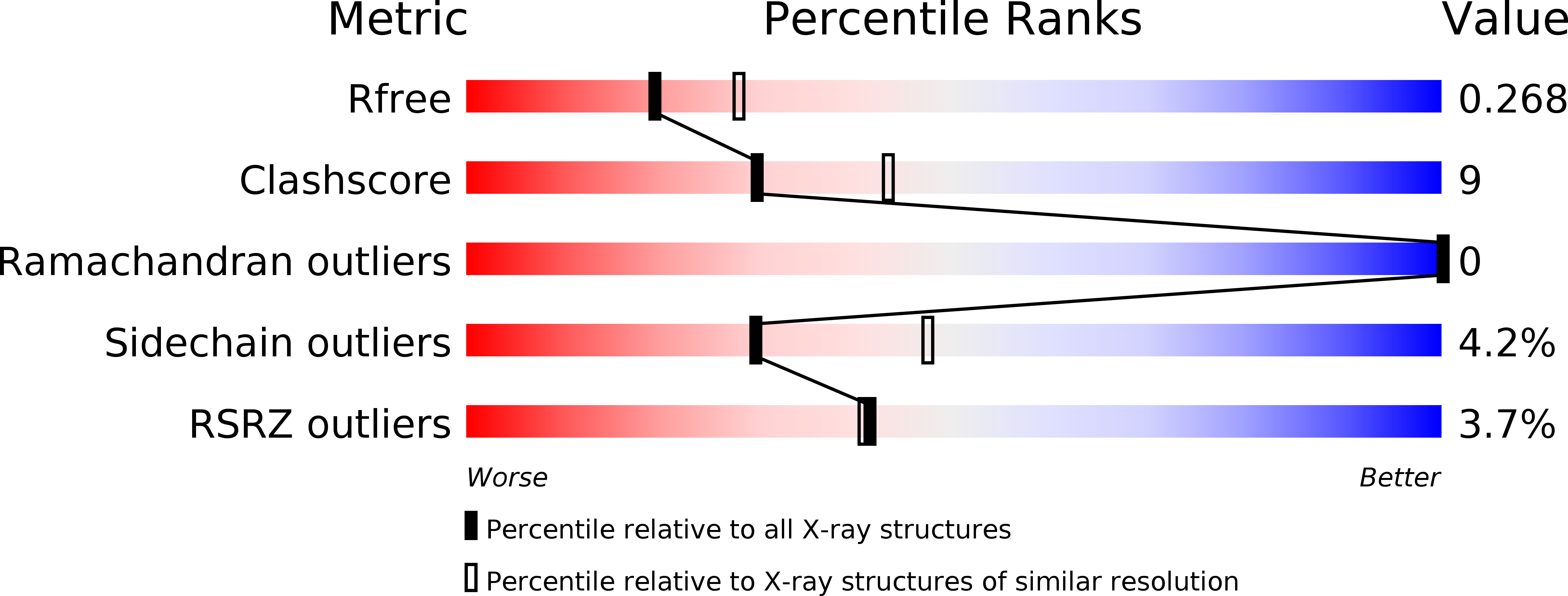
Deposition Date
2019-06-08
Release Date
2020-03-11
Last Version Date
2024-03-27
Method Details:
Experimental Method:
Resolution:
2.40 Å
R-Value Free:
0.26
R-Value Work:
0.21
R-Value Observed:
0.21
Space Group:
I 21 21 21


